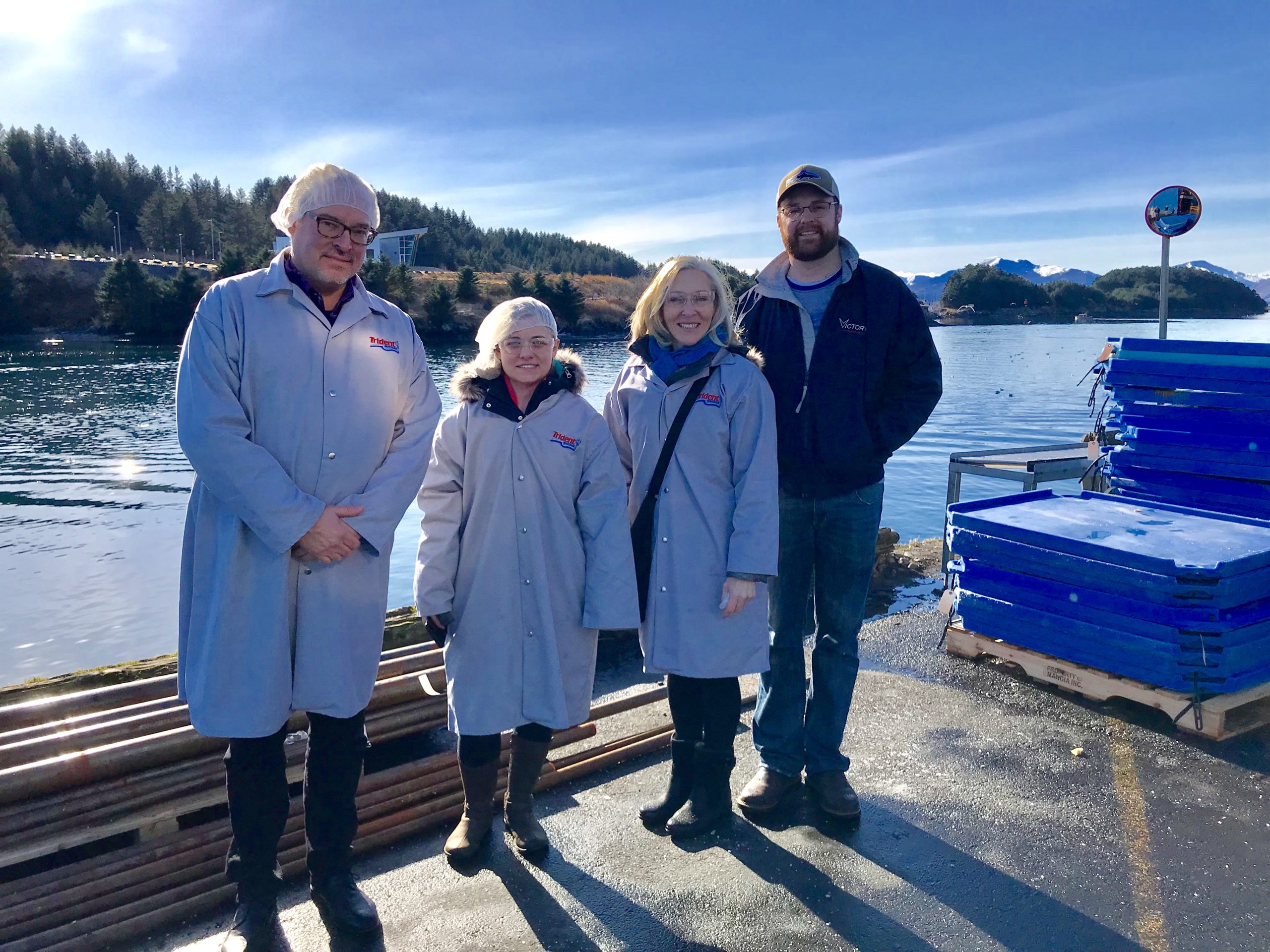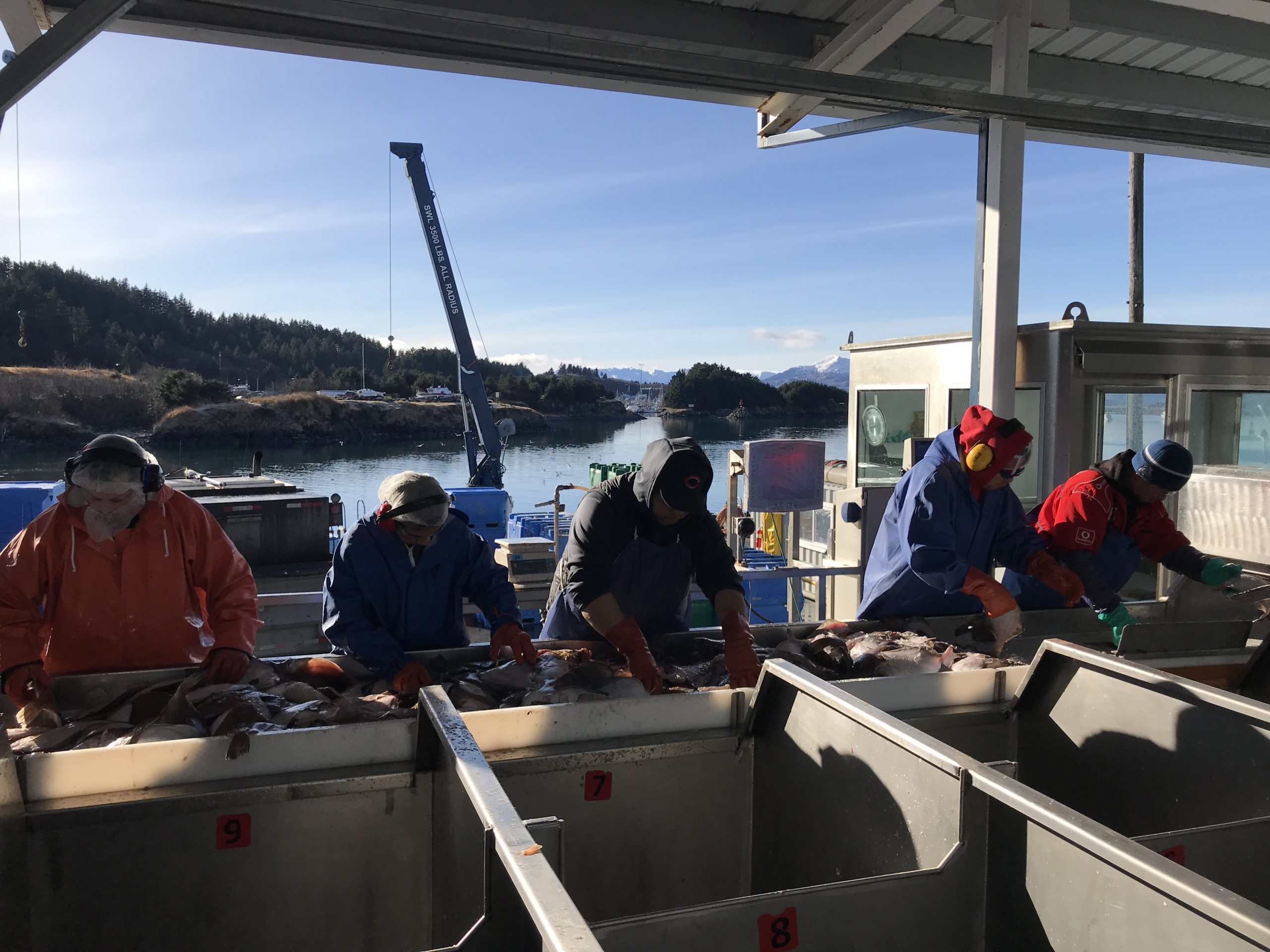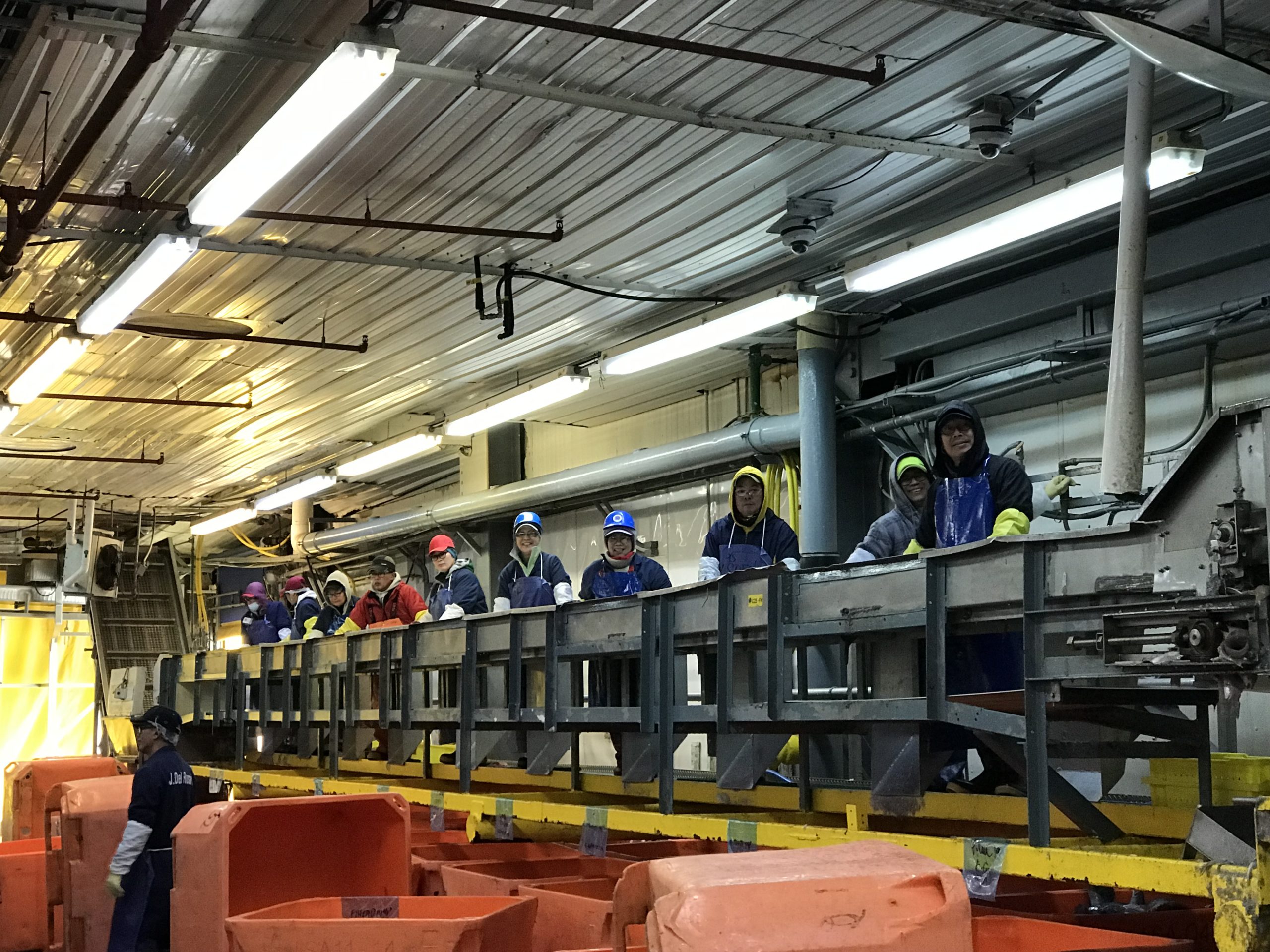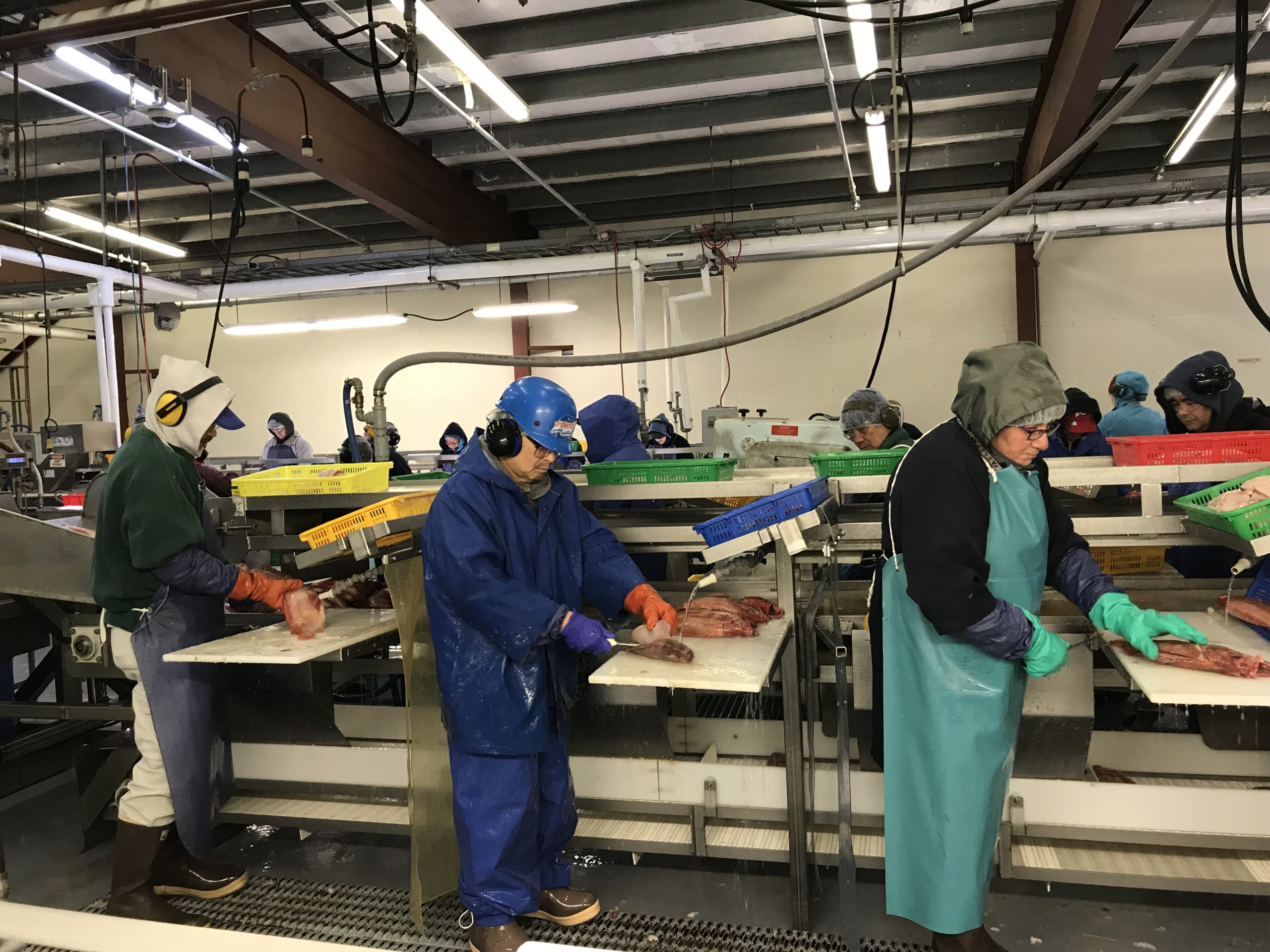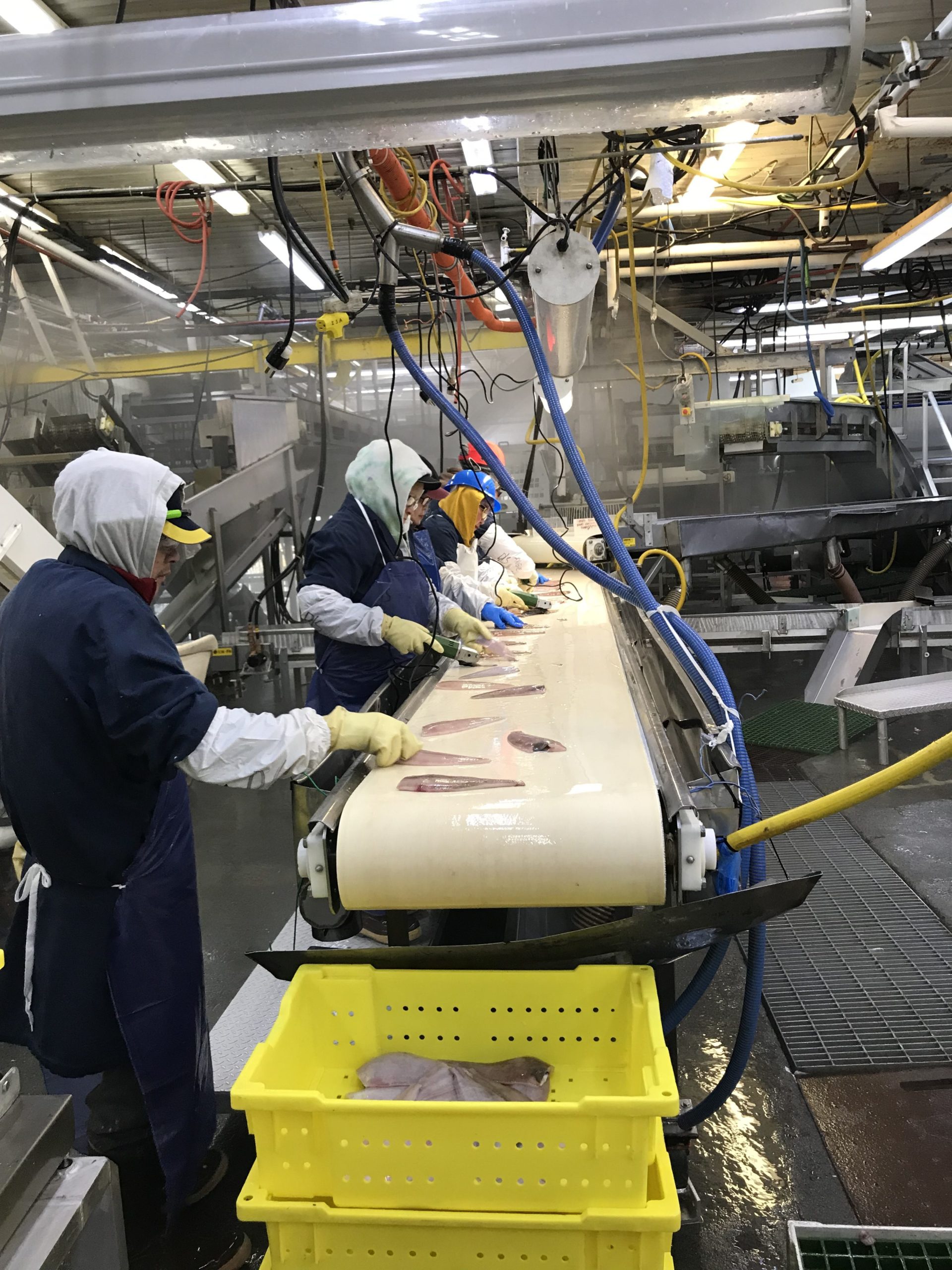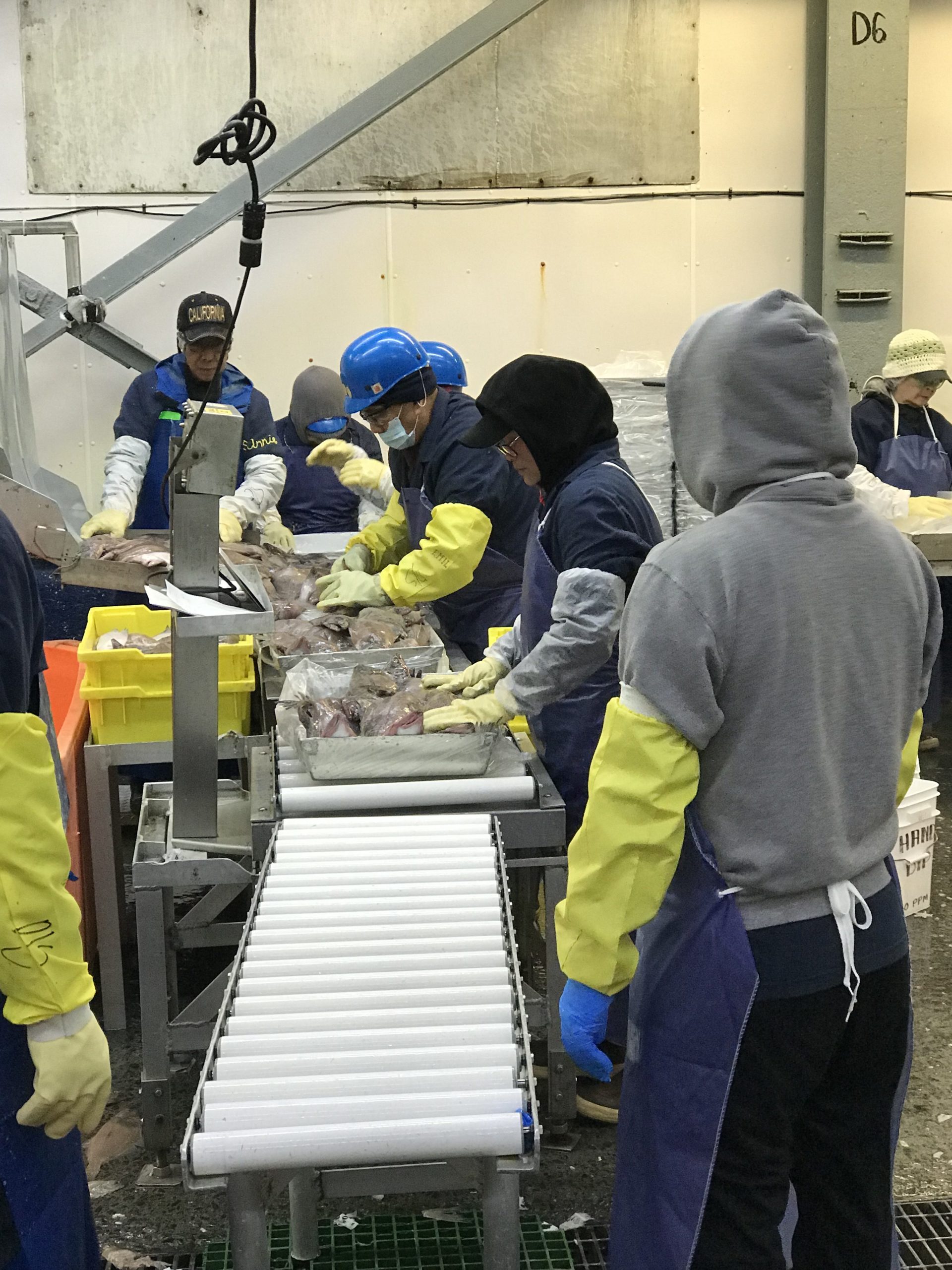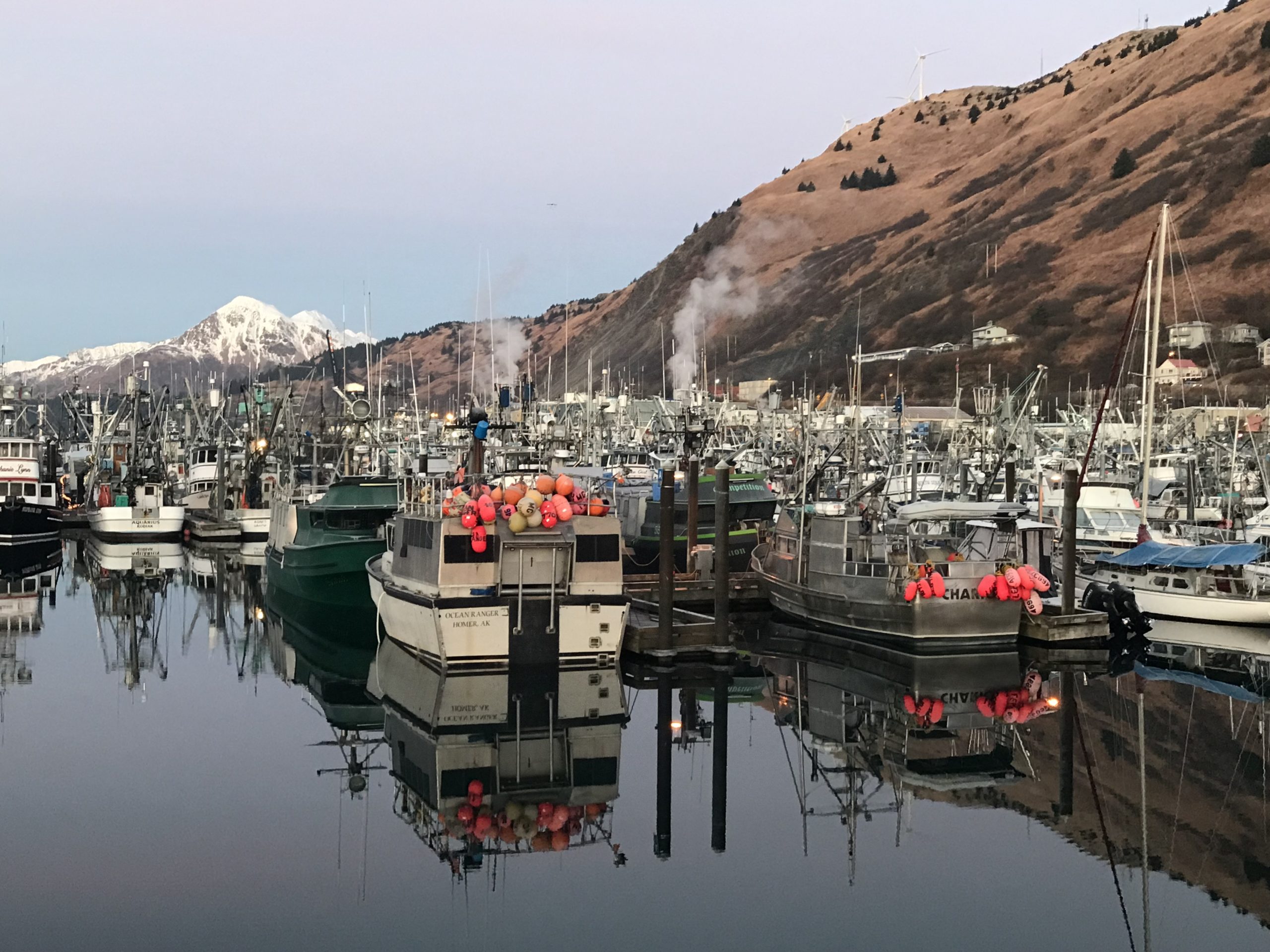
Joyce Sidopoulos from MassRobotics and Murphy Wonsick from Northeastern University, represented our Collaborative Robotics to Foster Innovation for Seafood Handling (FISH) team and project under the Advanced Robotics for Manufacturing (ARM) Institute at the Southwest Alaska Municipal Conference (SWAMC) and Economic Summit in February. The FISH project is looking at ways collaborative robotics can make an impact in the fishing industry and they presented the team’s objectives and developments so far as they are looking to provide solutions to challenges discovered after several visits to Massachusetts fish processing facilities.
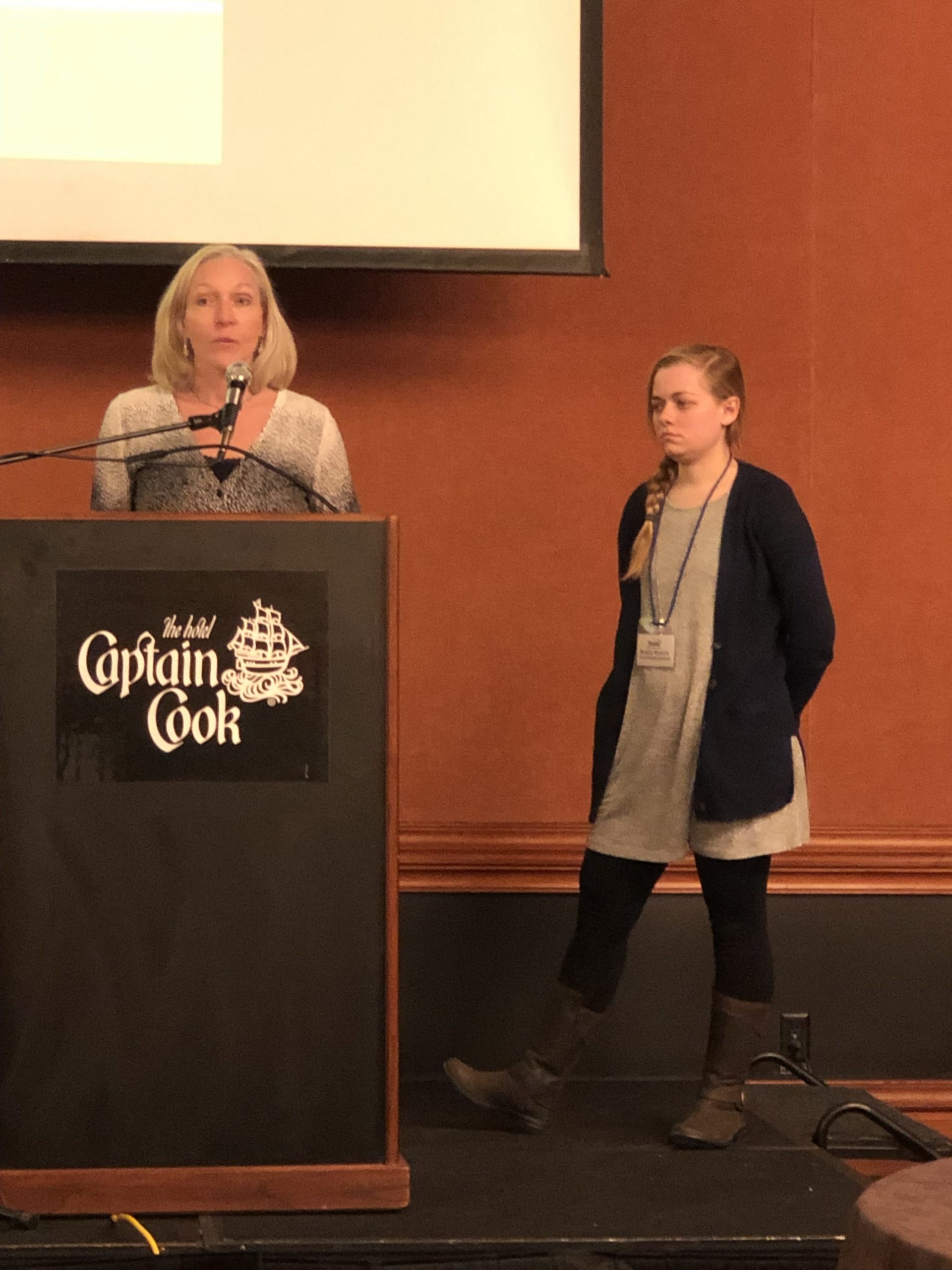
SWAMC’s Mission Strategic plan: support and promote the shared economic interests of the communities in the Southwest Alaska region with the Vision: connected and sustainable communities for Southwest Alaska. Their core functions are to: Advocate, Connect, Educate and Plan
SWAMC Conference – February 27 & 28
This was a municipalities conference with a lot of discussion around the Governor’s proposed budget, which included additional Fish Tax and its economic impact on municipalities which included less funding for infrastructure (including roads) and cuts in education. A policy advisor spoke on behalf of the Office of the Governor, a legislative panel discussed updates, and another panel that discussed fisheries impact on communities. There was discussion around resource development and a session on day 2 was around energy, grants for both audits and upgrades to communities. There was also a member meeting where delegates voted on how SWAMC was going to represent them.
Some things we learned on this trip:
Fun facts about Alaska and the Seafood Industry
• The U.S is usually their largest market, followed by export to China, Japan, South Korea and EU
• Export Volume and value in 2017 was the highest recorded
• More than one billion pounds of seafood are exported annually since 2013
Fisheries Impacts on Communities, Municipal Economies & Employment
• It is the largest private sector employer in the state: 60,000 jobs with $1.5 billion in earnings
• More than 9000 vessels
• 87 shoreside plants in AK – 38 in the SWAMC region
• 5 of the top-10 US ports are in the SWAMC region
• The industry supports at least $150 million annually in taxes/fees
• 40% went to the State and 30% local – hatcheries and feds get the remainder
• 14 local raw fish taxes; two key SOA taxes
• A “one penny” increase in prices = $1.8 million in revenue
There was a lot of discussion around “meal” plants and striving for full utilization of all fish parts. There is some new construction around this untapped market with the estimated volume of seafood out of total of 6.1 billion lbs = 3.1 billion lbs. Estimated value of meal/oil production (1 billion lbs) is close to $500 million –
Kodiak Island Fishery Visits
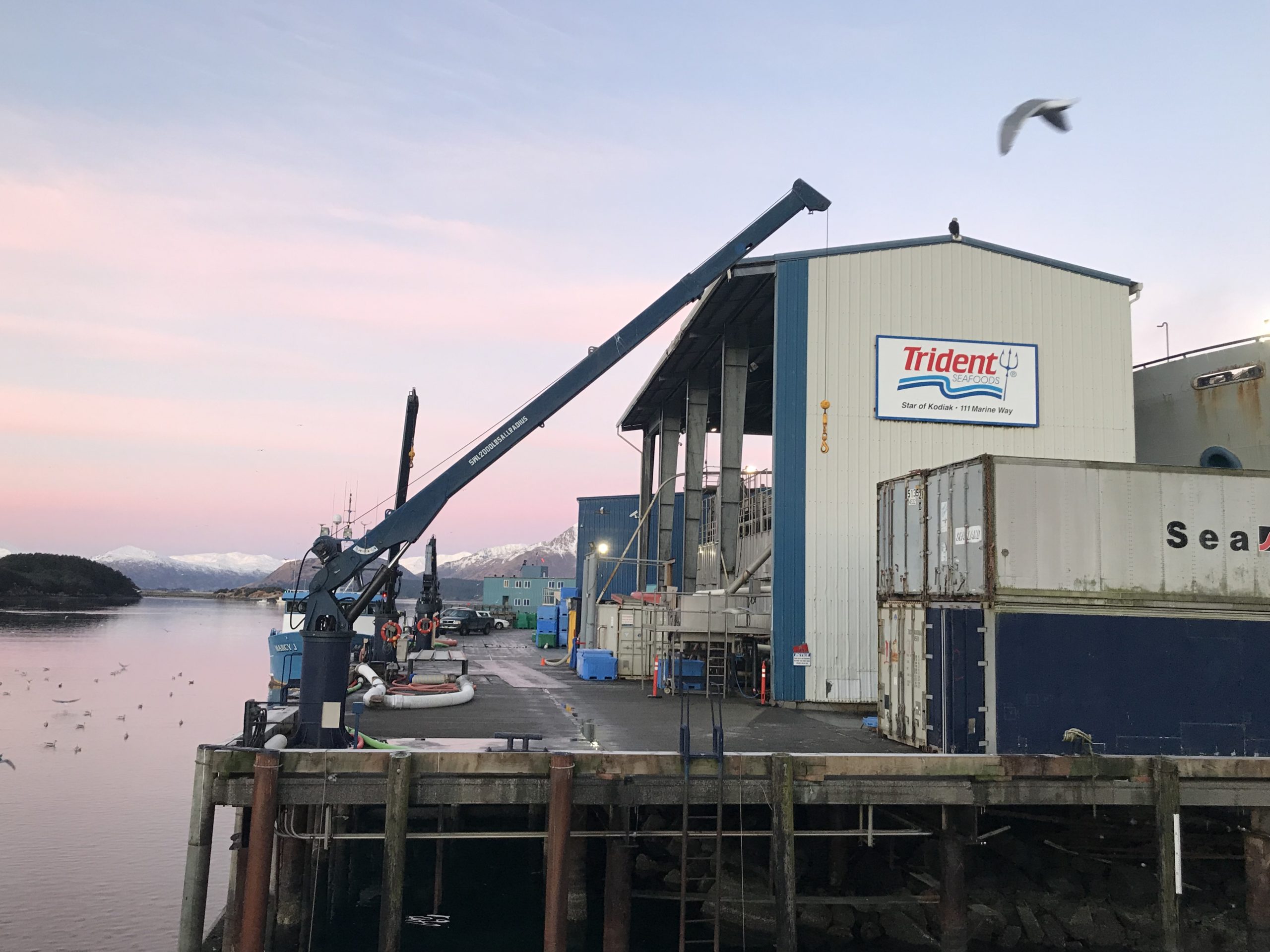
Thanks to Erik Obrien from SWAMC for introducing us to the processing facility managers for visits to:
Alaska Pacific Seafoods, Wild Source, Trident Seafoods, Ocean Beauty Seafoods, and International Seafoods of Alaska
Summary: While the facilities we visited varied in size, number of employees, and output, there were many similar challenges among them, as well as with what we observed in the Massachusetts facilities.
This is a tough industry for workers – not just the conditions, but because fishing is seasonal. Hiring is their #1 Challenge. All plants did initial sorting and grading by hand. All have challenges with packing and moving to containers for shipping.
Our grant work with the ARM Institute will help with some of the challenges we observed!
Some photos from our trip:
